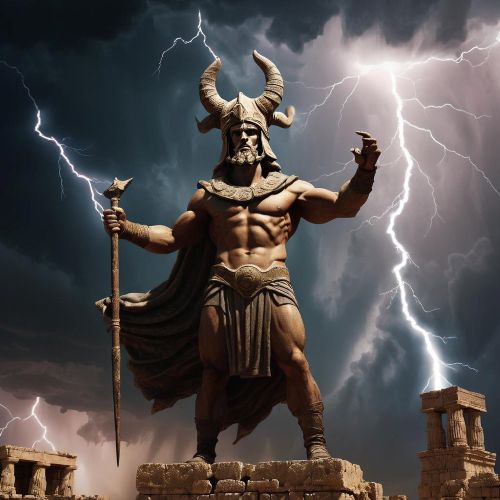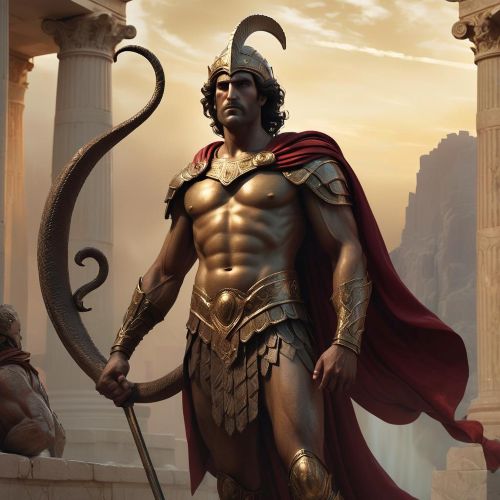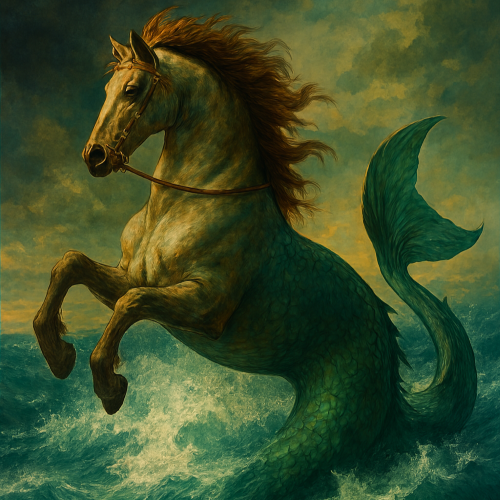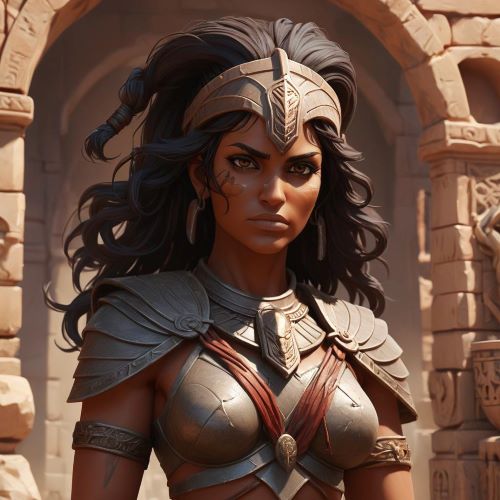Canaanite, Phoenician & Ugaritic Mythology
Canaanite, Phoenician, and Ugaritic mythology together form one of the oldest and most influential religious traditions of the ancient Near East. Emerging from the fertile Levantine coast, these interconnected mythologies gave rise to deities, symbols, and stories that would shape later Mediterranean and Abrahamic religions. The Canaanites, whose culture flourished across modern-day Lebanon, Israel, and Syria, viewed their gods as powerful forces of nature who governed the elements, fertility, and cosmic order. Among them, El, the supreme god, and Asherah, the mother goddess, stood at the head of the pantheon, while Baal, the storm god, became the hero of many Ugaritic and Phoenician tales. Through epic poetry, temple rituals, and oral tradition, these myths preserved a worldview that saw the universe as a living, divine system where balance between gods and mortals maintained harmony on earth.
The Ugaritic texts, discovered in Ras Shamra in the 20th century, revealed the most detailed accounts of Canaanite mythology. Written in a cuneiform alphabet on clay tablets dating back to around 1400 BCE, they describe the divine drama between Baal, Mot (the god of death), and Yam (the god of the sea). These tales reflect the ancient struggle between life and death, fertility and barrenness, and the seasonal cycles that defined human survival. Baal’s victory over Yam symbolizes the triumph of order over chaos, while his eventual death and resurrection echo the cycles of nature and agriculture. El, the father of the gods, serves as a wise but distant ruler, while Anat, the fierce warrior goddess and sister of Baal, embodies passion and divine vengeance. Together, these deities shaped one of the earliest theologies of divine hierarchy and cosmic struggle, influencing neighboring cultures like the Israelites, Hittites, and early Greeks.
The Phoenicians, known as master seafarers and traders, carried Canaanite myths across the Mediterranean, adapting and spreading them through commerce and colonization. Their chief deity, Melqart, was revered as a solar god of life, death, and rebirth, closely linked to Baal and later syncretized with the Greek Heracles. Astarte, a Phoenician form of the goddess Ishtar, represented fertility and love, and was worshiped widely across Phoenician colonies such as Carthage and Tyre. These myths were not confined to temples—they were woven into daily life, maritime rituals, and festivals celebrating the cycles of harvest and navigation. The Phoenician pantheon, rich with symbolism and duality, reflected the maritime culture’s respect for both the nurturing and destructive powers of the sea.
Canaanite, Phoenician, and Ugaritic mythology together represent a vital chapter in the story of human belief. They introduced theological ideas—divine kingship, cosmic balance, resurrection—that would echo through later faiths, including early Judaism, Christianity, and Greco-Roman religion. Today, their legacy endures in ancient ruins, inscriptions, and myths that continue to fascinate scholars and storytellers alike. Through the voices of Baal, Anat, and El, we glimpse humanity’s earliest attempts to understand creation, mortality, and the mysteries of the divine. In their poetry, the gods of the Levant still speak—reminding us that before the monotheistic world emerged, the heavens of the ancient Near East were alive with many gods, each holding a piece of eternity.






